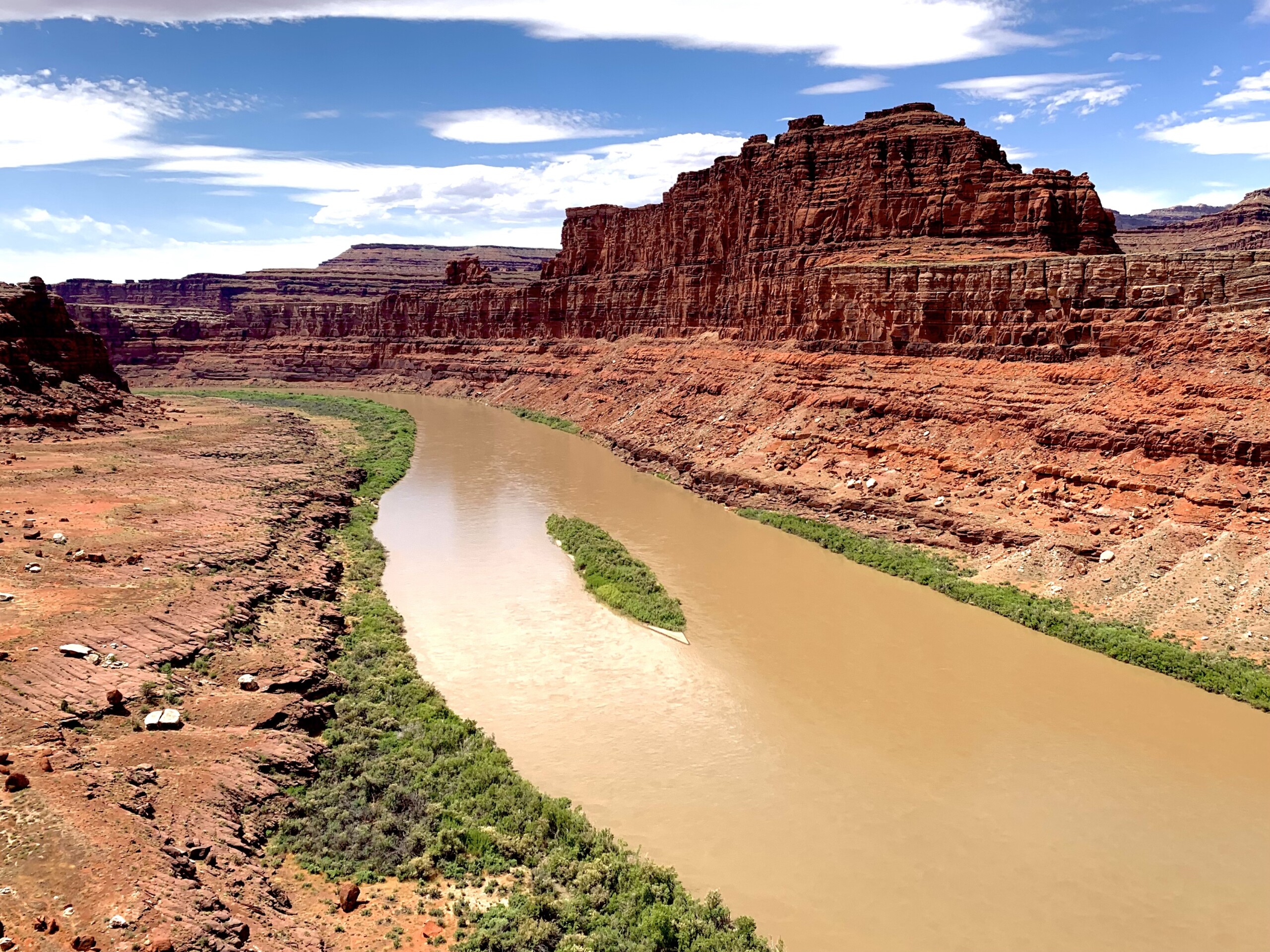There’s been a lot of hubbub about the major decision the Nevada Supreme Court just issued in Sullivan v Lincoln County Water District –– a ruling that puts an important capstone on a years’ long brawl between powerful interests fighting over the state’s ability to manage surface and groundwater.
And, of course, the Colorado River played an important role
in this decision. One of the smaller river tributaries that feeds the Colorado
River is the Muddy River, a Mojave Desert River near the Moapa Band of Paiute
reservation in remote patches of Clark County 60 or so miles north of Las Vegas.
Flows on the Muddy River are partially fed by a groundwater system that meanders 50 miles southward through the carbonate aquifers of the nation’s driest state.
In that region, like many others, there is more water on paper than there is in reality. And more water coming out above the Muddy River, means less water going to the Colorado River.
The Supreme Court’s unanimous decision highlights that ongoing and new groundwater pumping throughout the northeastern stretches of the Mojave Desert impacts flows on the Muddy River.
The state took administrative actions to prevent conflict and harm to existing rights and the public interest. And a host of powerful entities sued, which put the Nevada State Engineer in the unenviable position of having mining, utilities, and many other interest groups claiming that they knew what was best.
The Supreme Court affirmed the State Engineer’s decision to manage the groundwater system as one connected entity rather than a system of separate buckets of water. Why? Because what happens to groundwater in one basin will impact the rights of water users and wildlife in another in that hydrologic system.
Groundwater is an essential part of the equation throughout
the Colorado River system, serving baseflows that ultimately make it into the
mainstem of the river.
The NV Supreme Court’s decision sets an important tone in talking about how we manage groundwater throughout all seven Colorado River Basin states. And, we hope, sets an important ethical obligation we must uphold.
Water knows no borders and doesn’t discriminate against being under ground or in a channel. What lines on maps say doesn’t matter. The complexities of our groundwater system mimic those of human life. This decision, for now, means that we can and must do more to respect and manage those complexities –– especially on the Colorado River System.

